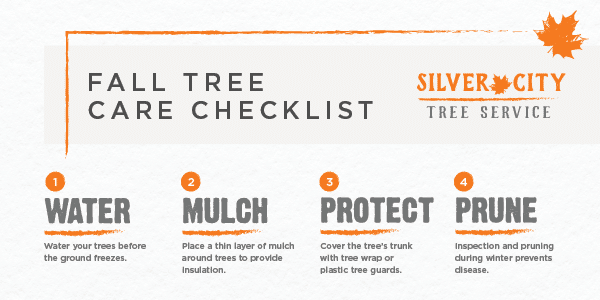Seasonal Tree Monitoring: Strategies For Looking After Trees Before And After Their Elimination
Seasonal Tree Monitoring: Strategies For Looking After Trees Before And After Their Elimination
Blog Article
Content Author-
When it pertains to seasonal tree treatment, guaranteeing correct management before and after removal can dramatically impact the wellness and appearances of your landscape. By comprehending the essential actions associated with examining tree health and preparing for removal, you can proactively protect your home. Yet what regarding the crucial methods to adhere to once the tree is gone? Keep tuned to uncover the crucial post-removal care actions that will help you grow a growing and lasting atmosphere for your trees.
Pre-Removal Tree Treatment
Prior to attending to the removal of a tree, it's essential to prioritize pre-removal tree treatment. Start by assessing the tree's wellness and structural honesty. Look for signs of illness, insect infestations, or any architectural concerns that might pose a security hazard throughout removal. It's necessary to consult with a qualified arborist to identify the very best strategy.
Pruning dead or unhealthy branches can protect against additional damage to the tree and guarantee a smoother elimination procedure.
Additionally, think about the ecological impact of removing the tree. Trees play an essential function in our environment, so planting a brand-new tree in a suitable location can help balance out any type of loss. Make sure that you have the necessary licenses and authorizations for tree removal, especially if the tree is secured by neighborhood laws.
Seasonal Maintenance Tips
Evaluating your tree's needs throughout the year is necessary for its health and wellness and longevity. To maintain your trees in top condition, comply with these seasonal maintenance ideas.
In spring, concentrate on trimming to eliminate dead or broken branches and urge new growth.
Summertime requires regular watering, particularly throughout droughts, to ensure your tree stays hydrated.
As loss strategies, keep an eye out for early signs of disease or stress, and take into consideration using compost to safeguard the origins throughout winter season.
In winter season, beware when eliminating snow from branches to avoid damage, and remain to monitor your tree's total health.
Remember to readjust your treatment routine based upon the certain demands of your tree varieties and neighborhood environment. By remaining https://www.wsmv.com/call_4_action/south-nashville-residents-start-a-petition-asking-nes-for-better-tree-trimming-service/article_69e936a8-46d2-11ea-82c3-dbf4b550c7be.html and aggressive throughout the seasons, you can assist your trees flourish and grow for years to come.
Post-Removal Tree Treatment
To ensure the wellness of your landscape also after tree removal, proper post-removal treatment is essential. After a tree is eliminated, it's crucial to fill the staying hole with topsoil and small it to prevent settling. This will certainly aid keep the stability of the ground and avoid prospective threats in the future.
Take into consideration planting new plants in place of the eliminated tree to recover the equilibrium and visual appeals of your landscape. Consistently water the area to promote the growth of new plants and prevent dirt erosion.
Check the bordering trees for any indicators of condition or tension that might have been brought on by the removed tree. Keep https://travisbktaj.rimmablog.com/30538452/from-branches-to-stumps-understanding-the-art-of-tree-removal-for-a-lovely-landscape out for parasites that could've been brought in to the previous tree and take preventive measures to protect the staying plants.
If needed, speak with an expert arborist to examine the effect of the elimination on the bordering trees and establish any additional treatment needed. By complying with these post-removal care actions, you can make sure the ongoing wellness and charm of your landscape.
gowh
In conclusion, positive seasonal tree treatment is crucial for maintaining the wellness and equilibrium of your landscape. By examining tree health and wellness, trimming, and talking to an arborist before elimination, you can ensure a safe process. After removal, filling up the hole, planting new plants, and routine watering will promote brand-new development and avoid erosion. Keep in mind to check surrounding trees for disease and look for further treatment actions from an arborist to maintain your landscape flourishing.
